- October 22, 2023
What Should Be in a Dog Whelping Box? 7 Essential Items
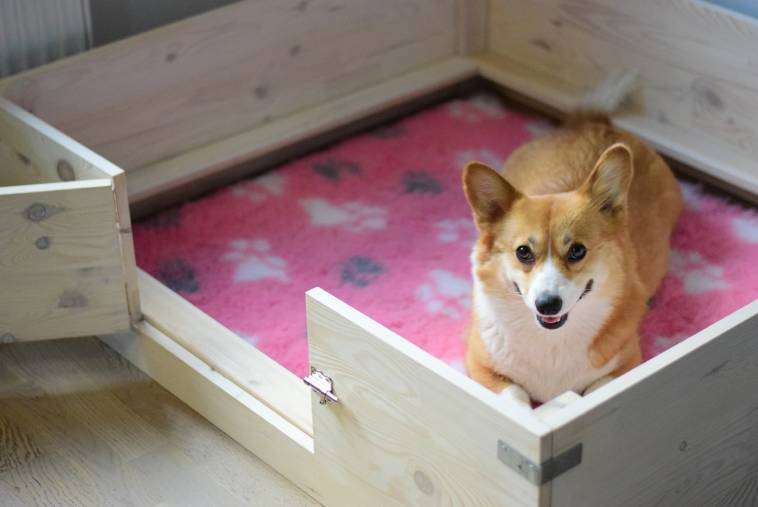
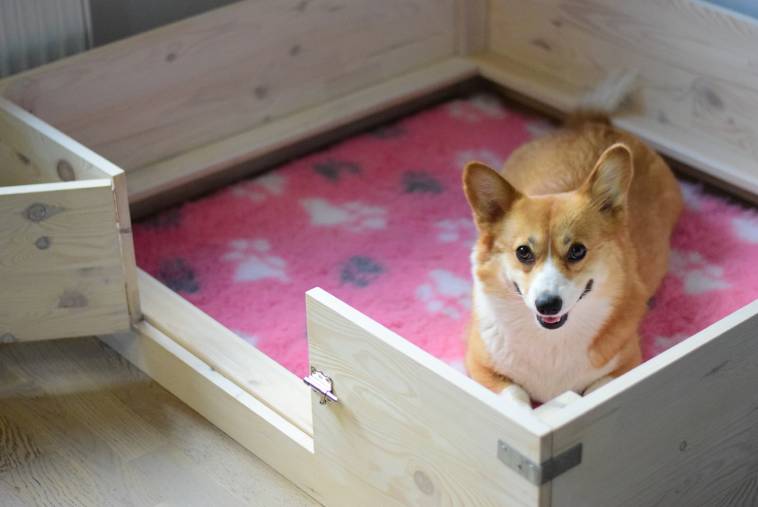
Helping your pregnant dog through the whelping process can be a very exciting time, but also filled with its fair share of uncertainty. First and foremost, you’re probably wondering what exactly you need to keep your mama dog comfortable, as well as help her pups through their most vulnerable early stages.
Whelping your first litter of puppies doesn’t have to be stressful, but hey, nerves get the best of lots of folks in these kinds of situations. Don’t worry! There’s a wealth of information on how to care for your dog and her puppies, including right here! Scroll down to find out exactly what you need in and around your dog’s whelping box to be prepared.

The 7 Things You Need For a Dog Whelping Box
1. Absorbent/Waterproof Bedding
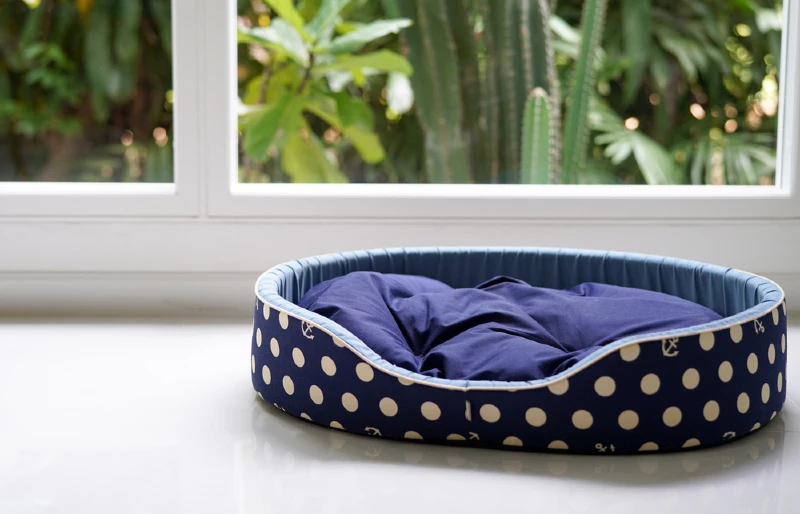
Whelping boxes can get very dirty very fast, so you’ll need to invest in a disposable bedding material that’s both soft and absorbent. Many people prefer newspaper because it’s plentiful and dirt cheap, but it can get sopping wet in no time and provides little insulation. You can also use puppy pads or washable towels as long as you regularly change them out. To prevent them from getting bunched up, you can opt to tape the corners of the bedding to your whelping box, but that can get labor intensive when you’re changing the bedding often.
Blankets aren’t advised because they pose a smothering hazard for your newborn pups. If you’re using paper bedding of any type and notice it getting shredded by the mom dog, it’s also possible to leave the box bare so long as the temperature is comfortable. However, this means you’ll need to wash it out regularly.
2. Solid Sides
Birthing can be a rough affair, and your dog can do a number on shoddy whelping boxes without meaning to. Even after the puppies arrive, they’ll be on their paws before you know it, and every good whelping box needs high, secure sides that the puppies won’t be able to climb. Some whelping boxes are made to be shallow for mom to enter and exit freely, but it’s always a good idea to shore up any low spots around your whelping box.
3. Heating Pad
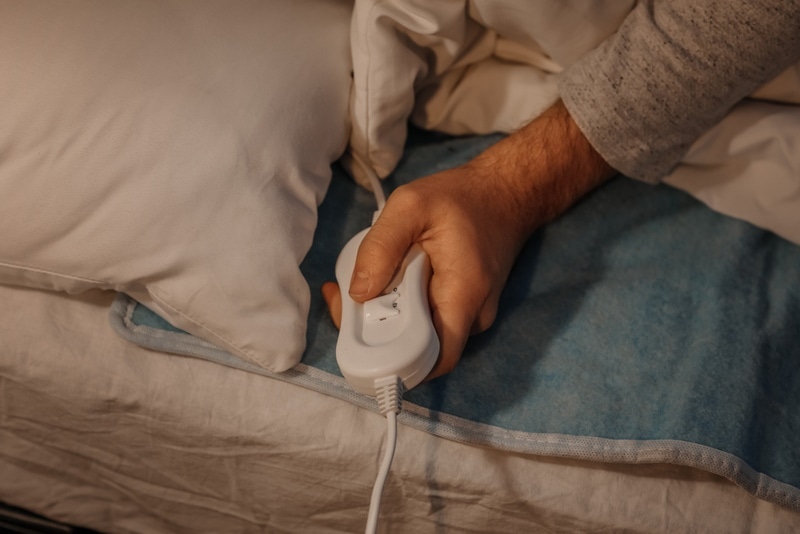
Newborn puppies are dependent on their mother for everything from food to warmth. You see, they can’t regulate their body temperature, and for the first several weeks, they huddle together with their mom in an adorable puppy pile. Mom can’t be there every second of the day, though, and a heating pad can help stave off the cold. In fall and winter, a heat source is practically mandatory even if you have climate control because it prevents sudden chills from affecting your vulnerable young puppies.
4. Towels
Even if you’re using disposable bedding like newspaper or relying on your whelping box’s waterproof liner, it’s always a good idea to have a few clean towels on hand nearby. Your dog will keep her puppies clean once they’re here, but the birthing process itself is very messy, and you’d be shocked at the color and sheer volume of the fluids you’ll be cleaning up. You don’t need plush towels for this; just grab a few worn-out ones and wash them before putting them on standby near your whelping box.
5. Thermometer
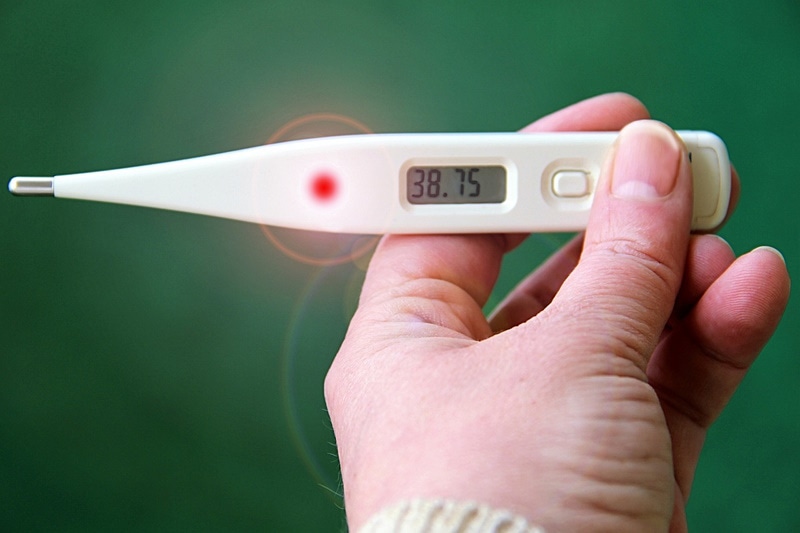
While it’s also invaluable for keeping the puppies comfortable, your digital thermometer is first used as sort of an alarm bell that Mom is imminently going into labor. Assuming you’ve been tracking the pregnancy, start taking her temperature twice a day every day starting at 2 weeks before you expect puppies. Up to 24 hours in advance, her temperature will plummet from 101.3°F to just 98°F or 99°F and you can make any final or last-minute preparations you’ve been putting off.
6. Scale
Either a scale designed for babies or puppies will work here, but to be clear, this isn’t optional. While ideally you’ll be taking your pups to the vet in a timely manner, having a scale at home will help you track their weight from birth and beyond. You can visually observe which puppies aren’t getting enough milk, and the scale can back that up.
If you’re concerned that one or more pups in the litter aren’t gaining weight on par with their age, you can try trading the runt out for a heavy, healthy feeder when they’d otherwise be ”starved out” by a lack of nipples or just voracious puppy greed. Alternatively, you can supplement with a puppy milk substitute. Either way, talk to your vet ASAP for more personalized advice on the next steps.
7. Blanket
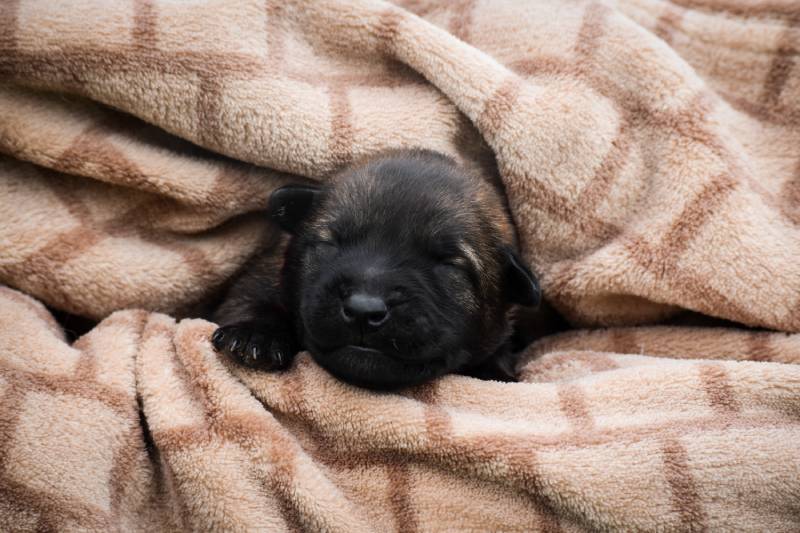
Dogs instinctively seek out private, dark spaces to have their puppies in the wild and in the absence of humans—just ask anyone whose dog had a surprise overnight litter. While technically optional, we highly recommend having a spare blanket you can use to cover or cordon off your whelping box/area. Some mom dogs are very chill and don’t require darkness, but others are more anxious, and a blanket could be just the thing to calm her down.

Conclusion
Whelping is a precious time to focus on the needs of your mother dog and her litter, but you’d be surprised how many dog owners aren’t prepared for it. With a good whelping box and the supplies listed above, you’re well on your way to a healthy, squirming litter of eye-wateringly adorable puppies. Be sure to keep your vet apprised every step of the way too!
Featured Image Credit: Jus_Oi, Shutterstock
Tags
What do you think?
Related Articles

New Puppy Checklist: Gear You’ll Need for Your New Dog
Getting a new puppy is really exciting, but before you welcome them home, it’s important to prepare your space for them. Since puppies need a

How Big Do Mini Poodles Get? Vet Reviewed Average Weight & Growth Chart – Dogster
The information is current and up-to-date in accordance with the latest veterinarian research. Learn more » When you buy a Miniature Poodle, you might not

Can Police Dogs Smell Nicotine? Vet Verified Facts & Info – Dogster
The information is current and up-to-date in accordance with the latest veterinarian research. Learn more » While cigarette sales have been declining steadily for decades,

How Old Is 5 in Dog Years? Vet-Approved Guide to Each Size of Dog – Dogster
The information is current and up-to-date in accordance with the latest veterinarian research. Learn more » A common method for calculating a dog’s age is

